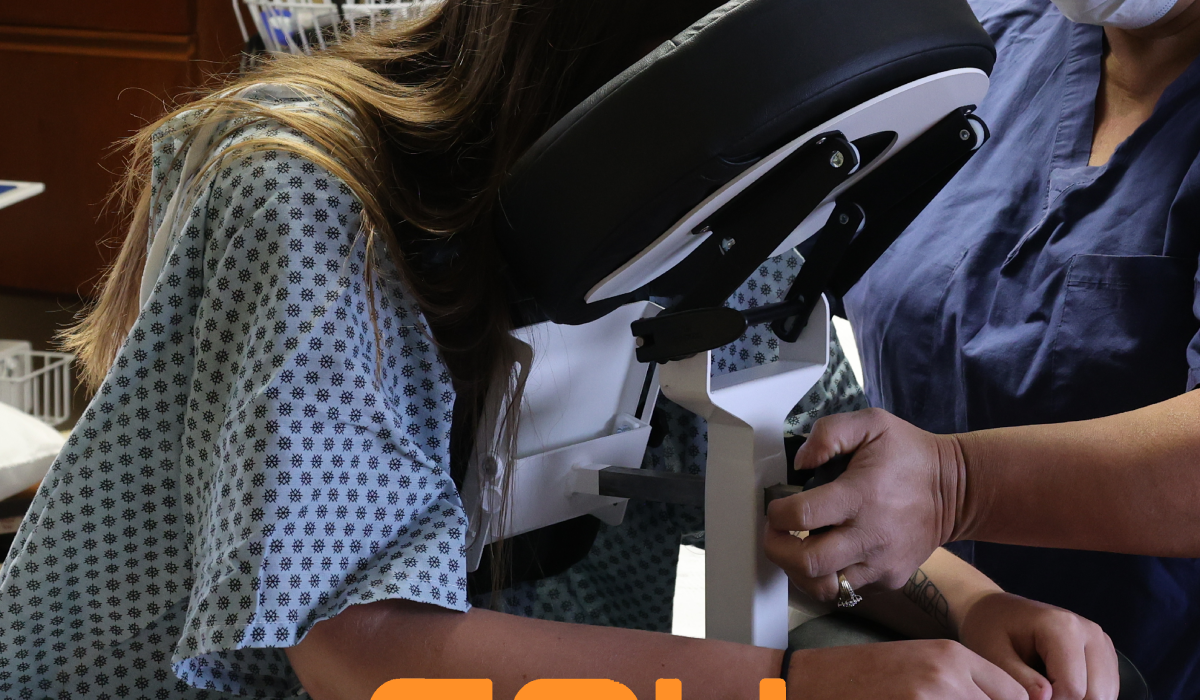Spinal Block Safety and The Use of the EPD for Patient Positioning
When patients need to undergo a spinal block for surgery or an epidural in the labor and delivery unit, many hospitals rely on pillows and the strength of staff members. While this may seem like a normal process for your facility, it doesn’t have to be. EPDs, known formally as epidural positioning devices, can be used for effective spinal block safety practices. The EPD can help to ideally position the patient and hold them during the procedure will little assistance from hospital staff members.
Understanding What EPDs Can Do
Whenever a patient needs to undergo an epidural or spinal block, an EPD can do a number of things. First, it creates a solid surface where the patient can be positioned in a safe manner. An epidural positioning device is designed to have the patient in a seated position, with their head resting forward. This promotes optimal spinal flexion in all segments of the spine so the anesthesiologist can effortlessly administer the injection.
Approved an essential component for Safe Patient Handling programs, these EPDs solve many patient care problems. The patient will be more fully supported by the epidural chair than by pillows and hospital staff members alone. Additionally, there will be no need for staff members to have to quickly respond to patients that may move or fall during the procedure. All of the patient’s support comes directly from the epidural chair.
Why are EPDs Great For Medical Staff Members?
Without an EPD, staff members have to physically help the patient get in an optimal position for their spinal anesthesia or epidural pain relief. This can be quite challenging when patients aren’t highly mobile, they may be on medication, or their shear weight may pose a risk to staff members. Once the patient is in an optimal position, staff members often have to manually support their weight or hold them in position applying counter-pressure.
Since patients are well-known to move under pain, nurses need to safely hold the patient in that position throughout the duration of the procedure. This can be quite challenging when the patient is constantly moving or may move suddenly. Additionally, if the patient starts to fall, nurses need to be able to quickly support all of the patient’s weight. Catching a falling patient is a well-known cause of injury to nurses.
This puts a lot of weight and pressure on nurses and anesthesia techs. On an average day, many will do this procedure multiple times over, which can cause further strain on their bodies. There’s a reason that nursing is the second highest industry to have chronic workplace injuries. EPDs can help to solve these issues by eliminating much of the physical component of the procedure for nurses and anesthesia techs. This physical handling of patients is called manual patient handling. Our goal is to always use Safe Patient Handling techniques and the appropriate equipment to reduce risk of injury. The EPD supports these goals.
Spinal Block Trends
In recent years, there has been a large surge in the number of spinal blocks being performed in the surgery department. Many medical procedures that were traditionally performed under general anesthesia are now being done under spinal blocks. For example, many surgeons are now using spinal anesthesia for hip and knee replacement and repair surgeries instead of general anesthesia.
In fact, between 2007 and 2017, there was a 50% increase in the number of patients who received a spinal anesthesia block for hip-fracture surgery. Many doctors prefer how quickly patients can start moving again after a spinal anesthesia block as compared to general anesthesia options. It’s now more important than ever before for patients and staff members alike to have an epidural positioning device that can make spinal anesthesia blocks and epidural pain relief much smoother and less risky for all. These should be found in every surgery department and labor and delivery unit.

